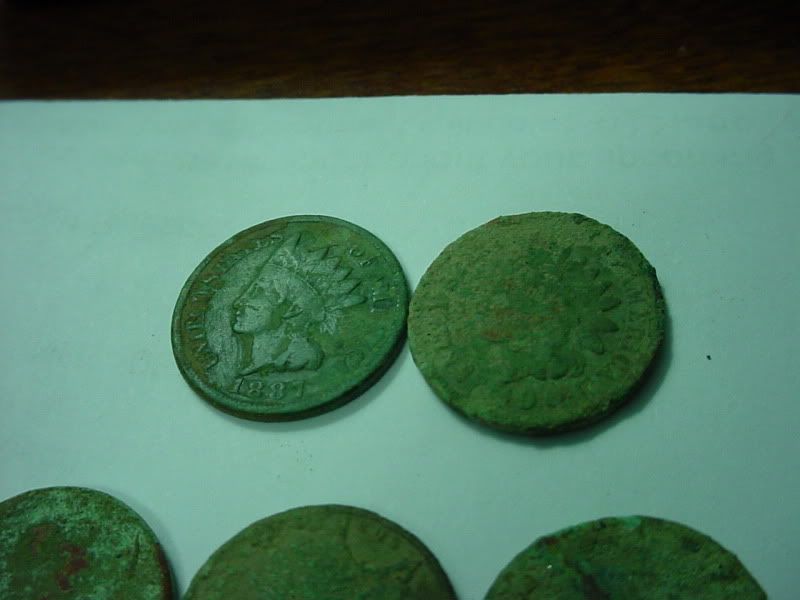Can anyone explain these raised bumps on this 1944-D Wartime Nickel?
Can anyone explain what they are (PCGS MS66)? There are two in front of the head and one by the "I" in "IN" There are several other small bumps but not as large as these. Any input would be appreciated.






0
Comments
I am sure I am wrong but sure sounds good.
I have neither the time nor the inclination to explain myself to a man who rises and sleeps under the blanket of the very freedom I provide, then question the manner in which I provide it. I prefer you said thank you, and went on your way, Otherwise, I suggest you pick up a weapon, and stand to post. Either way, I don't give a damn what you think you are entitled to!
<< <i>Could be. Manganese does not bond well. That issue may be largely solved now with the Sacs, I don't know, but back then lamination problems and such were common.
Back in the 70s I corresponded with Dr. Goldman at the Mint's lab about the laminations commonly seen on warnix, and he said that back during the war the Mint received raw ingots of manganese from the smelter heavily covered with oxidation.
He said that because of the heavy wartime demand for coinage they just threw the ingots into the melting pots without scaling them first, and when the coins began de-laminating in subsequent years they determined that the manganese oxide had caused the alloying problem.
TD